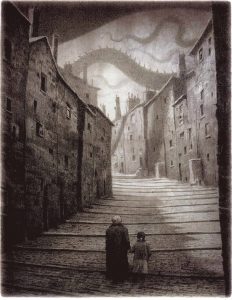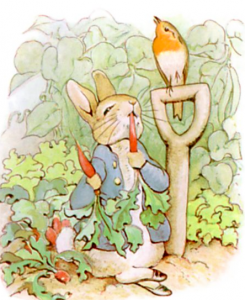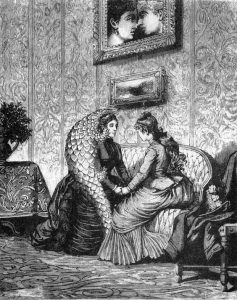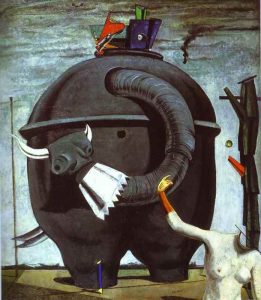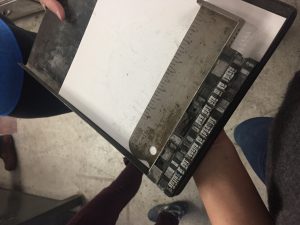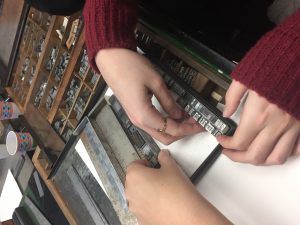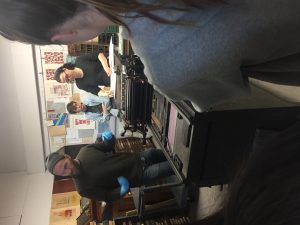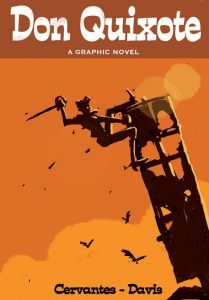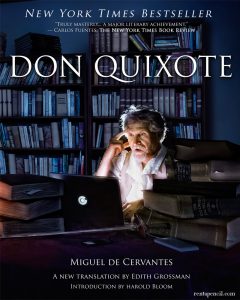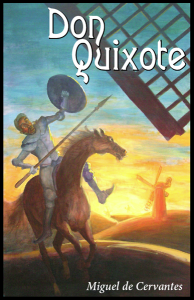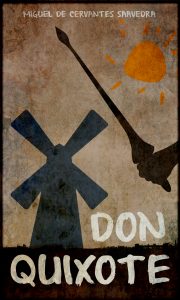When we were looking at the photos throughout class today and in the Wellin, I was reminded of a similar reaction I had when I went to the Tenement museum in New York City. After growing up in New York, I have been to Ellis Island a handful of times as well as the Tenement museum, and the history of New York cannot be complete without including and understanding the influence immigrants had on the development of society. The Arrival highlights the process and the struggles that the individuals faced when immigrating.
The reason why I initially thought of The Tenement Museum was because of the immediate reaction I had to this illustration from the book.
I believe that this image perfectly highlights the fears that these individuals had when they were walking into the great unknown of a huge city they did not understand. Immigrants did not have it easy when they came to New York, and it was understandable to be so scared. Not only were they in a new country, but as the Tenement Museum taught me they were forced into these small living spaces with people from all around the world with languages and cultures they did not understand. Also on top of all of this, they were in a city that did not accept them or welcome them necessarily.
The way that Shaun Tan portrays this in his illustrations is incredible. I think it is one of the best books we’ve read this class because I think he highlights the struggles in his images completely. His balance between portraits and story images were so captivating, and I felt as though I was looking at a photo album at Ellis Island, not an illustrated book of a creative story. I think that this was what made it such an intriguing story for me, and I would recommend it to someone who is also a history buff like myself.

